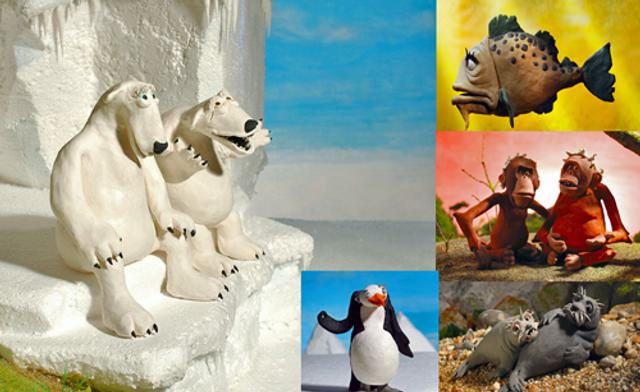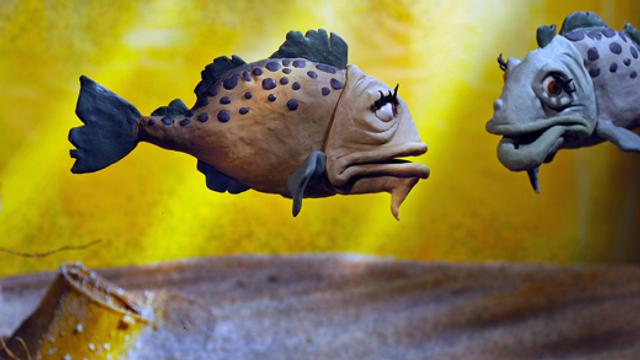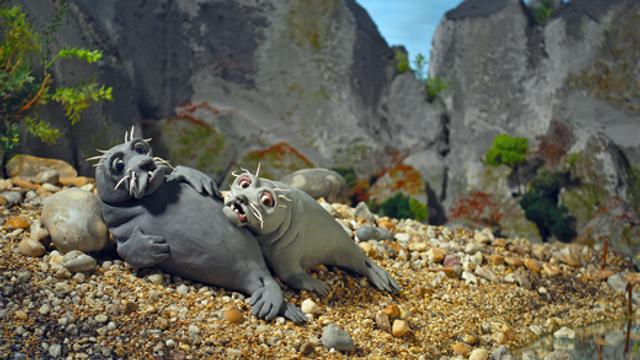Greenpeace Sweden’s legacy commercials
- Exhibited by
- Liisa Dar
- Added
- September 04, 2009
- Medium of Communication
- Broadcast and television, online.
- Target Audience
- Awareness, individuals, legacy.
- Type of Charity
- Environmental/animals.
- Country of Origin
- Sweden.
- Date of first appearance
- April, 1990.
SOFII’s view
The innovation fund is a great idea and this novel approach is certainly innovative, so it deserves to be applauded. And it may work really well. But such an initiative should surely be measured, even in an area where legacies marketing is in its early stages. Any innovative idea by definition takes its originator into unexplored territory, so some attempts should be made to ensure that an innovation not only looks, sounds and feels good, but also delivers a reasonable return on investment (the pro-bono TV spots are a great bonus towards this). So, this exhibit seems a bit vague on achievements. Which is of course not to decry it, but merely to ask for the full story, audience impact and all. Interesting and entertaining these commercials surely are, but as David Ogilvy said, if it doesn’t work, it isn’t creative.
Creator / originator
Greenpeace Nordic Legacy Project, TV8 and a production company called CharlieCharlie.
Summary / objectives
To promote legacies. To keep Greenpeace in the public mind, raise interest and recognition, and involve the viewer.
Background
Greenpeace Nordic in Sweden has produced six legacy-related short films, primarily for television, but also adaptable for the web and other media. Initially, the films were to feature different people within and outside Greenpeace. During the process, however, the focus shifted away from ‘inside heroes and their friends’ to something more universal. In the end, they developed six clay-animated films to be used as ‘filler’ ads for television.
Click on the screens below to watch two of the videos
Special characteristics
The films do not show Greenpeace stopping, protesting, climbing, or saying ‘no’ to something. Instead, Greenpeace focuses on what ordinary people say and transforms that into fable-like animations with clay characters.
The impact of human activities on the planet and an unknown future emerge as the main themes of the films.
The different episodes are based on real-life interviews. These interviewees match our target audience (older people, affluent, well-educated and planning for, or enjoying, retirement). And the animation theme allows us to focus on the sentiments, emotions and truths, rather than on what something or someone looks like in the real world.
Five different types of animal appear in the films (orang-utans, polar bears, Baikal seals, cod and a penguin), and each is relevant to our campaigns. They are placed in their natural environment, which highlights different levels of environmental impact or destruction.
Influence / impact
The films were first shown as filler ads on Sweden’s TV8 on March 30 2009 and will continue until the end of 2009, as well as appearing on Greenpeace Nordic websites. Further influence is yet to be determined and plans include various media and distribution channels.
Costs
Production of the six commercials cost SEK 450,000 SEK (about €45,000). This was the cost for CharlieCharlie to coordinate and produce the films. TV8 has provided Greenpeace with unlimited pro bono broadcasts until the end of 2009. These films were funded, in part, by Greenpeace International’s fundraising innovation fund.
Results
It is not possible to measure the effect of the films on fundraising, but we hope that they will pave the way for our legacy marketing and new fundraising initiatives.
Merits
Legacy marketing in Sweden is quite new and it’s important for us to take a first step in our campaign to ask more people to include a gift to Greenpeace in their will. We think this will be a memorable campaign that will support our future campaigns.
Other relevant information
Greenpeace International’s innovation fund is a terrific idea that all organisations should consider. Each year, Greenpeace International provides grants to test innovative campaigns. This is one of the initiatives that has led to Greenpeace being one of the most successful fundraising organisations in the world. It’s all about trying new things and taking risks, which too many organisations shy away from. Greenpeace International has developed a structure to make them possible.
 View original image
View original image


















